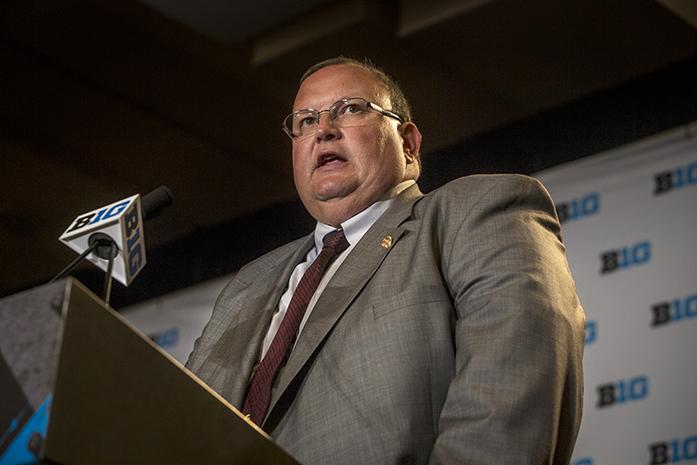With as dangerous as kickoffs have become, the idea of getting rid of the play altogether is picking up momentum.
By Jordan Hansen
CHICAGO — The kickoff has long been one of the hallowed parts of American football.
It’s a strange, yet fascinating play. One side in a straight line, its only goal to kick the ball and tackle a player on the far end of the field, while the other rushes back in an attempt to provide some sort of pathway for the returner to run.
The kicking team’s players sprint full-bore down the field with the approximate velocity of cruise missiles, while the returning team tries to desperately throw up some sort of opposition. The collisions are loud, very pronounced, and sometimes deadly.
In fact, of the seven high-school football players who died directly due to on-field causes last year, three of them suffered life-ending injuries on kickoffs.
“My own personal belief is if that play obviously is causing that many injuries, and it’s that obvious from the data, then we need to replace it,” Minnesota head coach Tracey Claeys said on Monday during the Big Ten media days. “Find a good way to replace it, and get it out of the game.”
Pop Warner decided in May to do just that, eliminating kickoffs for 5- to 10-year-olds. The Ivy League also decided to make some changes, and now the ball will be placed at the 40-yard line during kickoffs with touchbacks placed at the 20-yard line.
The idea, of course, is to reduce the disproportionate number of injuries suffered during those plays. By the Ivy League’s count, 23.4 percent of concussions happen on kickoffs, which only make up 5.8 percent of all plays.
Even the NFL is making changes, as teams will get the ball at the 25-yard line this season if there is a touchback.
When talking to players, there are mixed reactions. Senior Northwestern cornerback Matt Harris got a nasty concussion on the very first play of his college career in 2013 against Cal, but he was still hesitant to speak against kickoffs.
“For me, it was just ‘welcome to college football,’ ” Harris said. “I didn’t know any better. Ever since, I’ve been fine. I’ve been on plenty of kickoffs and never had any injuries.”
When taking out any significant portion of the game, there will be significant resistant to change. It’s the natural response by the hard-liners of the sport to want to preserve how the game has always been.
That said, there certainly is not a more violent play in football, and it would be hard to find one in any sport. It should not be hard to see wherein the issue lies, either.
Players sprinting full-speed down a field produce a lot of velocity. It’s a much longer run-up time than any other play, simply because they have more ground to cover. Add in this whole idea of wanting to lay a massive hit on a returner, and there’s a very real issue.
Claeys has a few ideas on how to fix the play, but long-term, it still seems kickoffs will have to be eliminated to cut down on injuries.
“I would like to see them … try to do it where it’s all man blocking,” Claeys said. “So you don’t have the two-on-one blocking at full speed and that, and turn it all into a man-to-man scheme.
“If the injuries continue to happen on that one play, I think it’s in the best interests of the game to find another option.”



